About Us
LUXURY GAME LODGE
Dedicated to your peace of mind
Enjoy a tranquil and luxurious environment in the heart of the African Bushveld. A tranquil getaway spot, Angasii Game Lodge offers both the peace of rural nature as well as the luxury of unparalleled hospitality.
Our Story
A LUXURY BUSHVELD EXPERIENCE
Seeking to combine nature with opulent bush breakaways, the idea of Angasii Game Lodge was born to create a serene oasis in the lap of luxury. True to the heartbeat of Africa, Angasii ties together the warmth of South African hospitality, the uniqueness of the Limpopo bushveld and the calmness of creation.
More About Our Surroundings
Created to maximize privacy, Angasii Game Lodge optimizes luxury living, all while bringing you back to nature. Situated on 1500 hectares of thornveld near Northam and Thabazimbi, this North Western part of South Africa is best known for the game farming in the region with a lovely warm climate and summer rain season.
It has the added benefit of being classified as malaria free area.
Some of the Chalets are uniquely equipped with facilities to cater for all your needs, offering exclusive self-catering and bed & breakfast to fully inclusive accommodation.
We create packages for anybody, from the travelling businessperson to a holiday getaway. Whether you are visiting with your family or you are on a business brainstorming session, the facilities at Angasii Game Lodge can cater to your needs.
Weekly meals are also prepared and delivered to your chalet along with snack hampers and continental breakfasts. Enjoy the Lapa and pool areas to put your feet up and unwind, ensuring comfort in style with a play area for the kids to enjoy nearby, perfectly relaxed for informal functions, conferences and group gatherings.
A Luxury Bushveld Experience
Angasii Game Lodge is conveniently situated 9.4km from Northam on the R510 to Thabazimbi. It is a mere 70km drive to Sun City and a mere 180km from major Gauteng cities.
Boasting unrivalled views of South African nature, Angasii Game Lodge serves as an Exclusive Bushveld Retreat. Unwind, unravel and soak in the stillness of our welcoming spaces.
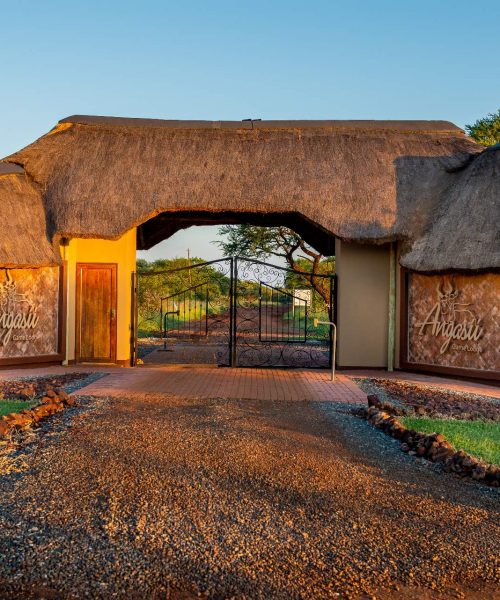
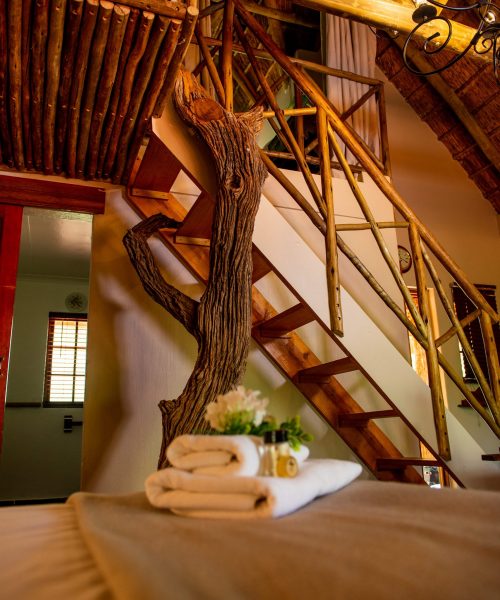
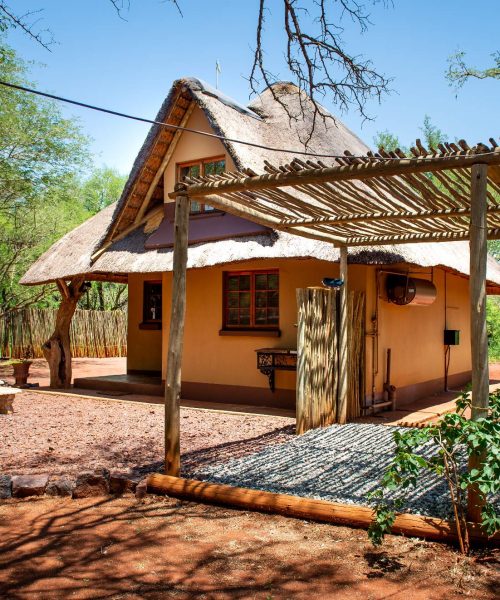
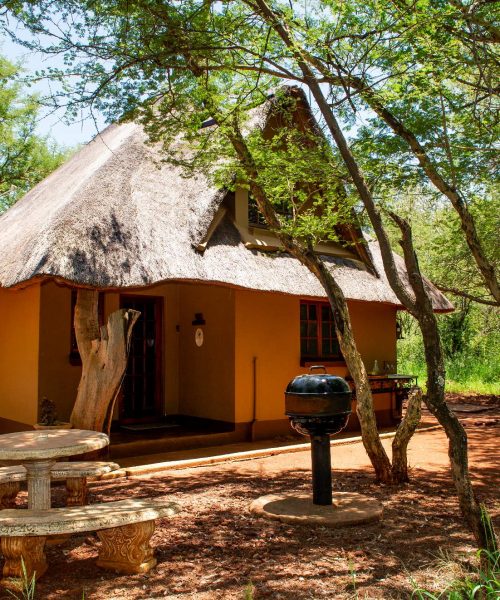

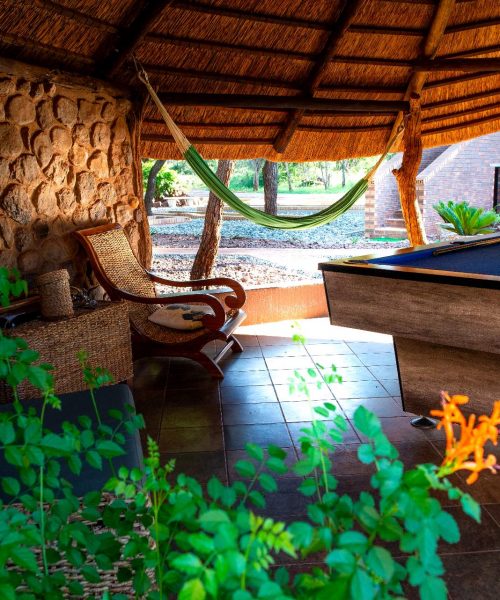
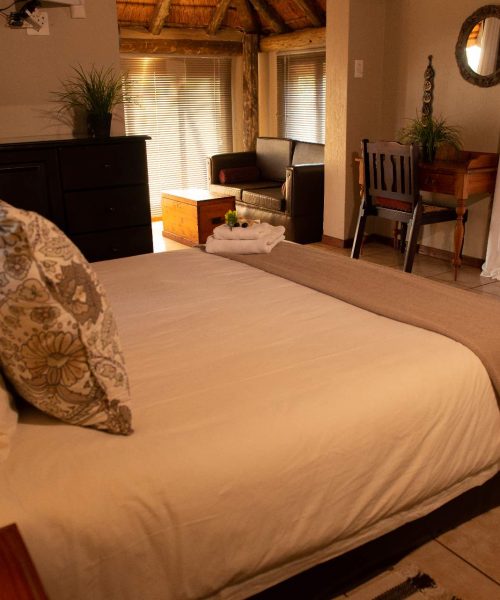
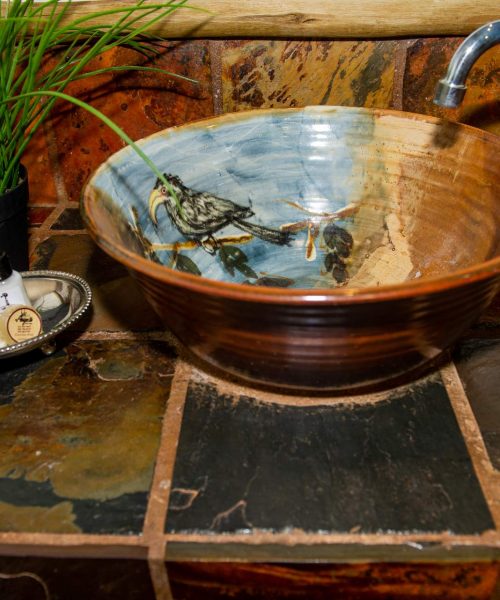
Luxury Rooms.
We believe in functioning in harmony with nature. When that’s achieved, everything comes to its place – this is the least you’ll experience by staying here.
Quality Service.
One of the basic philosophies for any kind of holiday and pleasure is quality – every thing must be set for your comfort, satisfaction and memorable experience
Unique Activities
Everything needed for creating special and unique experience is available here. Accept peace of mind and body rejuvenation directly from nature.
Get updated news & offers
About Us
Enjoy a tranquil and luxurious environment in the heart of the African Bushveld. A tranquil getaway spot, Angasii Game Lodge offers both the peace of rural nature as well as the luxury of unparalleled hospitality.
